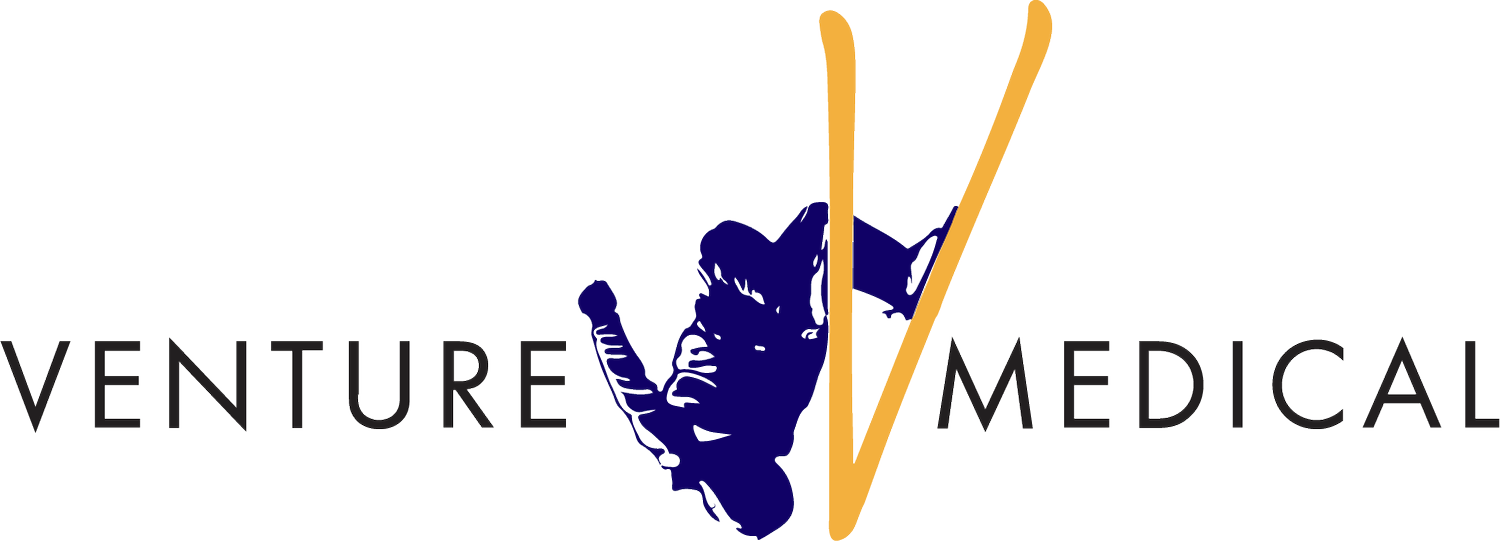ADVANCED THERAPIES

Are you able to leverage the latest modalities?
If a chronic wound hasn’t healed by 53% in the first 30 days, it has a 9% chance to close.
There is a compelling case for deploying advanced therapies as soon as possible.
Barriers:
Biofilm
Diagnostics
Access to Care
Grafting therapies are widely used for:
Building of ECM for the body’s cells to inhabit
Growth factor delivery to stimulate proliferation of those cells
Energy-based therapies stimulate tissue regeneration
Electromagnetic frequencies in the sonic & ultrasonic spectra can induce growth factor production and lead to angiogenesis.
Advanced Grafting Therapies

4 characteristics for rapidly building tissue:
Does the graft have natural topography for cells to grow into?
Does it match the skin’s complex chemical profile?
How does it influence growth factors in the wound?
Will the host recognize graft structure as homologous to speed integration?

Dermal Templates
These reduce the time spent by cells building Extracellular Matrix.
The ideal dermal template attracts proliferating cells.
The more closely matched chemically & structurally to human dermis, the more rapidly integration occurs.

When considering grafts rich with growth factors, what’s important?
Handling is important. Will it ball up? Can it handle being stitched?
Does the production process maintain quantity & concentration of growth factors?
If cryopreserved:
How much time needs to be dedicated to logistics?
If appointment is missed, does the graft go to waste?
If dried:
Are any structural or chemical components removed or damaged during procurement, production, or drying processes?
Energy-Based Therapies

Too many patients live in fear of painful debridements.
What if something could achieve biofilm disruption & stimulation of cell proliferation, without the need for debridement?
Non-contact Low Frequency Ultrasound (NLFU) has been shown to reduce bioburden & inflammatory cytokines, while stimulating release of growth factors like VEGF to aid in neovascularization.

Did you know?
The CMS contractor Noridian included NFLU as a Covered Indication in their most recent Wound Care LCD

Providers at the forefront of innovation are re-evaluating wound progress every 30 days.
Is treatment achieving maximal effect?
Should diagnostics be revisited?
What can we add, change, or enhance?
Next Steps
Think of patients who remain stalled.
Let our staff give you information on additional diagnostics and therapies which may help.



